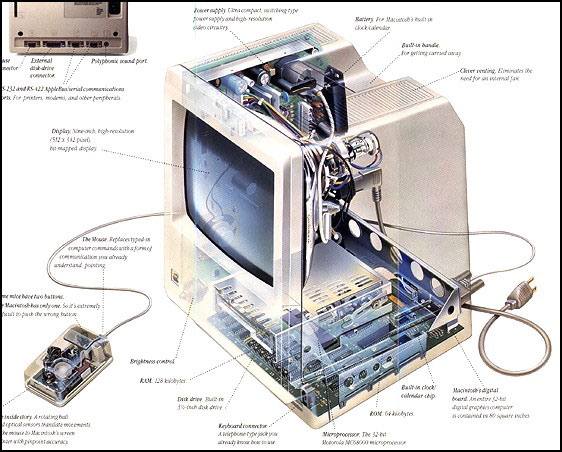From Question Technology come this story of grocery-carts with built-in TVs for your kids to watch while you shop.

OK so this does not have the same dignity as the mobile execution centers (death vans) but what were the designers thinking? What are the store owners thinking? and finally what are the parents thinking?
Does the designer who creates something like this even stop to reflect about the long-term effects of his/her ideas? Or is everything just a cool wacky idea? In Swedish we have a phrase which fits perfectly just now: Jag blir trött translated this means: I become tired. The phrase reflects the tired feeling one gets when acts of stupidity abound and your personal energy to fight is on the decline.
I WANT RESPONSIBLE DESIGN!!!!
Sorry for shouting but this pisses me off. Boy I am grouchy this morning…







